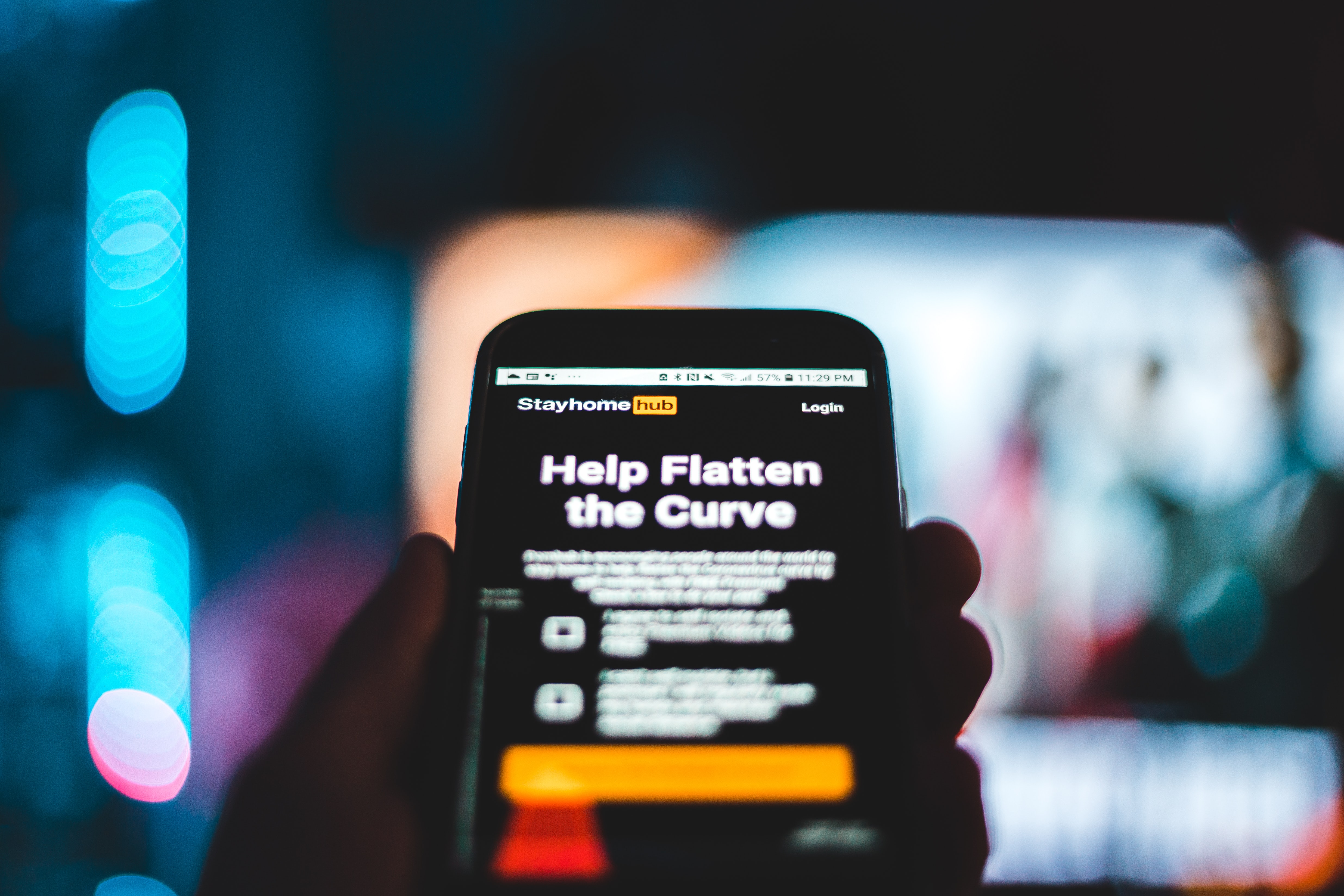Flattening the curve is one of the big ideas of 2020. Reduce the healthcare services burden by keeping peak utilization lower and more spread out so that medical resources are not overwhelmed. Could this idea be more broadly applied after the COVID-19 lockdown, to reduce the overcrowding of a variety of widely used resources at peak times and reduce the spread of viruses?
Many systems become overloaded due to everyone using them at once. A great example being mass transit systems used in densely populated cities. After the lockdown, commuters may be uneasy about returning to overcrowded public transport. Remote-working may reduce rush hour crowding, but more could be done. Businesses staggering starting times could similarly reduce peak density transport-use.
In cities like London and New York where many are employed in financial trading roles, different markets could easily switch to having different opening and closing times. Financial traders could arrive at their desks at a range of times. Banks could adjust back or middle office workers to evenings or weekends if the nature of their job did not require them to arrive and leave at traditional commuting rush hours.
Doctor’s and dentist’s offices are often open Monday to Friday during traditional office hours, requiring people to take time off work to get a check-up. Moving appointments to evenings or weekends would be more convenient for customers and flatten the transport demand curve further. Changing working hours around would reduce traffic congestion and associated road fatalities and smooth out peak electricity usage, reducing our environmental impact.
Now that the idea of telemedicine is becoming more accepted, could healthcare systems provide their customers with web connected blood pressure monitors and thermometers so that regular medical checkups could be done online for patients without any serious medical conditions?
Some businesses benefit from having staff all in the same building at the same time better facilitating the flow of information and progress across divisions. Other businesses benefit from flattening their demand curve – grocery stores, retail, airlines, restaurants and tourism. These businesses would suffer no losses from staff not all being present at once.
Many business schools schedule classes on weekends or in the evenings when taught by City professionals outside of their full-time jobs. There is no clear need for university classes to be scheduled Monday through Fridays, nine to five. In fact, more flexible hours could suit students who work while attending university.
An obvious problem for parents of small children is that non standard work hours might clash with school hours. Schools could be organized with a range of available class times. Existing buildings, which currently experience long periods of underutilization, would be less crowded during the day, and could employ far more teachers to teach during the different time slots required by society. Schools have been organized around work schedules in the past, originally taking summers off for busy summer farming months. We no longer live in an agrarian economy, but school holidays have remained.
A prolonged shutdown could reshape the way people do things and cause them to further question the existing rules and timeframes in society. It has been argued that in a crisis, the rules don’t apply. When people see rules being quickly changed due to the crisis, without major repercussions, it might make them question why other rules exist at all. In 2020, will more of our rules be reevaluated?
Let us know in the comment section below what changes could be made to the way things are done that might improve our lives and reduce overcrowding.
This is the third article in a three part series. Click here to see part one and here to see part two.


